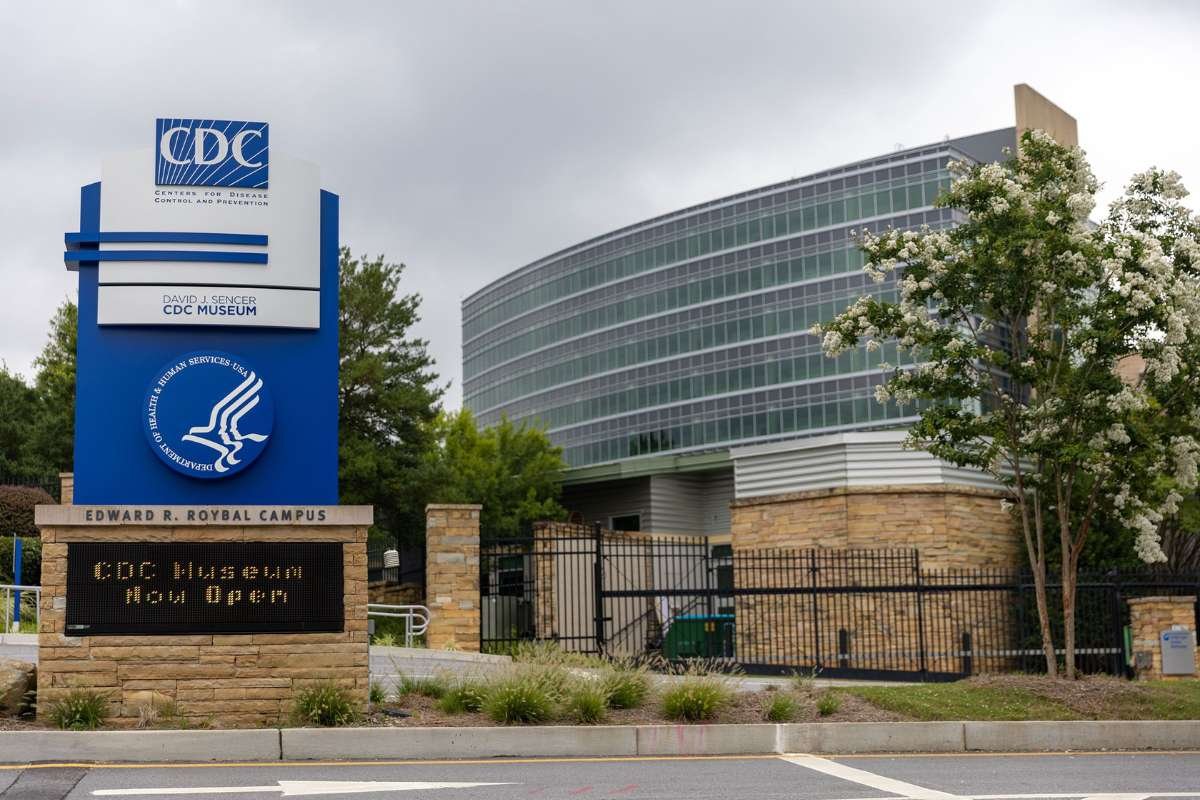According to a recent Frost and Sullivan analysis, Patient Safety Issues in the United States and Europe would cost a staggering $383.7 billion over the next four years. Understanding and diagnosing these adverse occurrences is the first step toward minimizing them – because, let’s face it, a clinic or hospital that can assure patient safety can help deliver a better experience for everyone involved, not just the patients.
Here are the Top 6 Patient Safety Issues;
1. Security and integration of EHR data
EHRs (electronic health records) are fundamentally altering the environment of current healthcare systems and facilities, allowing physicians and nurses to deliver safer treatment. This is done by being able to make data-driven judgments rather than assumptions. When physicians and nurses have seamless access to all patient health data (for example, those from a patient’s primary care physician), they may obtain significant information about the kind of care and treatment patients will need (and what to avoid, too).

And that’s just scraping the surface: EHR automation and efficiency reduce wait times and may indirectly contribute to greater quality treatment. In fact, according to recent research, physicians spend 27% of their time seeing patients and 49% handling paperwork – something isn’t adding up here.
2. Data security is becoming more important.
Patient Safety Issues are being jeopardized in an age of increasing cyber threats. Another concern to patient safety that hospitals must deal with is data breaches. According to HIPAA, 41% of Americans’ protected health information has been compromised in the last three years.
Healthcare institutions interested in implementing strong EHR systems should ensure that their provider also assists them in becoming HIPAA compliant, with continuous upgrades and maintenance (check out this HIPAA compliance checklist)
3. Infection spread and hygiene
According to the CDC, 1 in every 25 patients contracts a healthcare-associated illness (HAI) during their hospital stay, amounting to 722,000 infections every year. 75,000 of those people die as a result of these illnesses.
Even in the most cutting-edge healthcare institution, the most effective Patient Safety Issues approach is a simple one…

Hand washing before and after patient interaction is one of the most fundamental infection control practices that hospitals may implement as a policy. Hand washing may help to prevent the spread of germs, particularly if everyone is vigilant.
Not only physicians and nurses must be vigilant; healthcare institutions may enhance infection prevention by offering resources, instructions, and reminders to patients about hand washing across their facility.
4. Nurse staffing ratios and burnout
Simply put, most hospitals’ failure to maintain appropriate nurse-patient ratios leads to nurse burnout, with a lack of employees to meet demand also contributing to nursing shortages throughout the country.
This leads to subpar patient care, medical mistakes, and other Patient Safety Issues, which may diminish recovery and survival rates, particularly at a time when hospitals and care facilities are already at capacity.
According to research published in the International Journal of Nursing, every additional patient on a nurse’s caseload increases death rates by 7%.
Adequate personnel is the responsibility of hospital managers who must manage constrained internal finances and payroll that is stretched thin. Overworking nurses may seem to be a sound cost-cutting strategy, but research indicates that it backfires, resulting in high nurse turnover and poor patient outcomes.
Nursing Patient Safety Concerns
Patient monitoring declines as well (mainly owing to nurse case burden), compromising patient safety.
Improved patient monitoring may aid in the detection of issues that develop during treatment inside the care unit, as well as the implementation of rehabilitation programs before a condition worsens. Handoffs and care transitions are particularly hazardous to the patient’s health if the information is lost throughout the procedure.
5. Resistance to antibiotics
Antibiotic resistance is an important Patient Safety Issues in healthcare. New bacterium strains are quickly appearing and spreading, restricting our capacity to treat infectious illnesses.
Infections such as blood poisoning, pneumonia, TB, and gonorrhea are becoming more difficult to cure, posing a threat to hospital patient safety.

Antibiotic resistance is caused by antibiotic abuse and misuse, as well as a general lack of infection control and preventive strategies.
Antibiotic resistance has the potential to significantly reduce patient safety and quality of treatment in hospitals. Prevention strategies, along with other attempts to enhance patient outcomes, should be a primary goal for healthcare administrators.
6. Addiction to opioids
The rising opioid addiction and overdose pandemic presents healthcare institutions with new hurdles. Reduced incidence of opioid addiction is now a key Patient Safety Issues. The primary risk factors for opioid addiction during surgery or injury treatment are prescribing features.
According to a JAMA Network research, 4% of 46,399 drug-free injured employees acquired an opioid addiction following the accident. Long-term opioid usage resulted from obtaining 20 or more days of opioid supply in the first prescription and the freedom to renew the prescription later on.
Adopting evidence-based prescribing and treatment methods may help to stem the storm of opioid addiction caused by medications.








